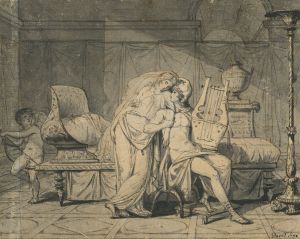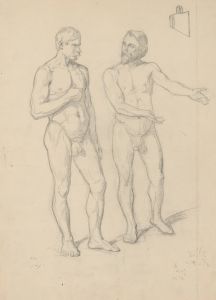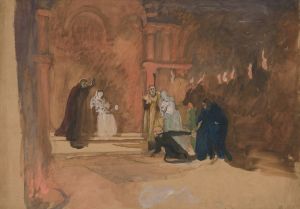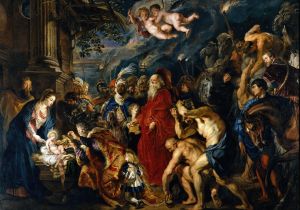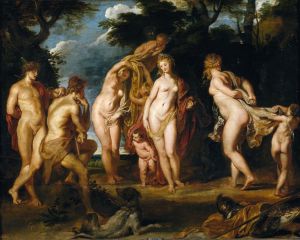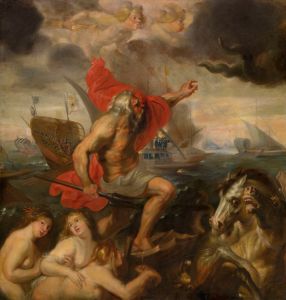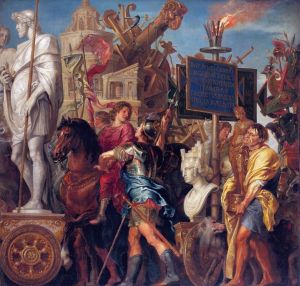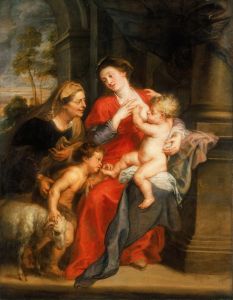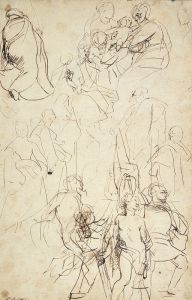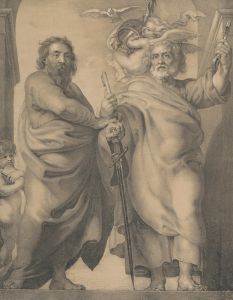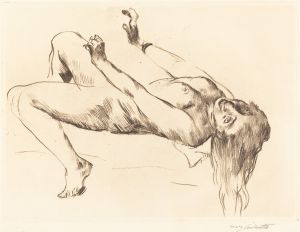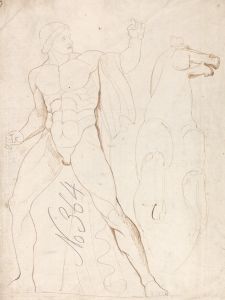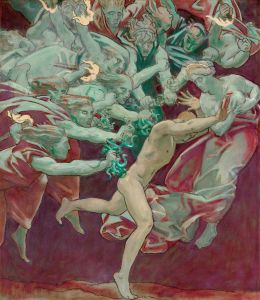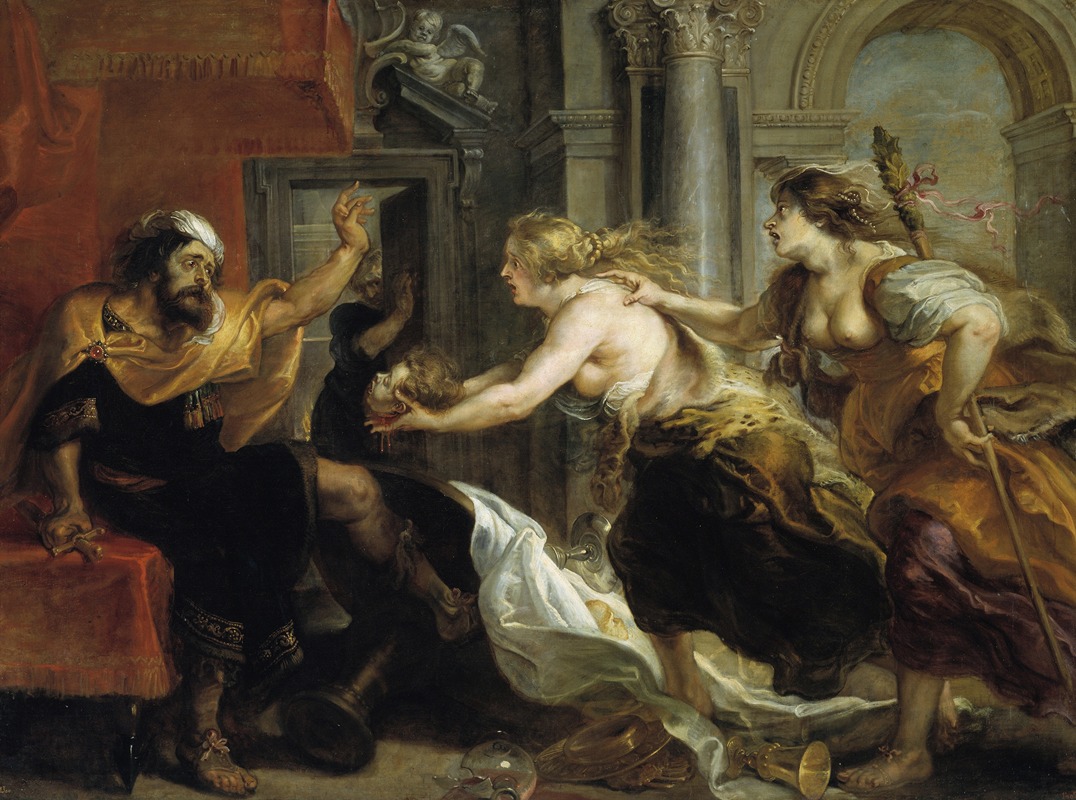
Tereus Confronted With The Head Of His Son Itylus
A hand-painted replica of Peter Paul Rubens’s masterpiece Tereus Confronted With The Head Of His Son Itylus, meticulously crafted by professional artists to capture the true essence of the original. Each piece is created with museum-quality canvas and rare mineral pigments, carefully painted by experienced artists with delicate brushstrokes and rich, layered colors to perfectly recreate the texture of the original artwork. Unlike machine-printed reproductions, this hand-painted version brings the painting to life, infused with the artist’s emotions and skill in every stroke. Whether for personal collection or home decoration, it instantly elevates the artistic atmosphere of any space.
Peter Paul Rubens, a prominent Flemish Baroque painter, is renowned for his dynamic compositions, vibrant color palette, and dramatic expressions. Among his extensive oeuvre, the painting "Tereus Confronted With The Head Of His Son Itylus" is a notable work that exemplifies his mastery in depicting intense emotional narratives drawn from classical mythology.
The painting illustrates a scene from the myth of Tereus, Procne, and Philomela, a story recounted in Ovid's "Metamorphoses." According to the myth, Tereus, the king of Thrace, married Procne, the daughter of the Athenian king Pandion. Tereus later deceived and assaulted Procne's sister, Philomela, and in an attempt to silence her, he cut out her tongue. Despite this, Philomela managed to communicate the atrocity to Procne by weaving a tapestry that depicted the crime.
In a vengeful response, Procne killed her own son, Itylus, whom she had with Tereus, and served him as a meal to the unsuspecting Tereus. The painting captures the climactic moment when Tereus is confronted with the head of his son, revealing the gruesome truth of his meal. This moment is charged with horror, shock, and the realization of the irreversible consequences of his actions.
Rubens' depiction of this mythological scene is characterized by his use of dramatic lighting and expressive figures, which heighten the emotional intensity of the narrative. The composition likely features Tereus in a state of disbelief and horror, with the severed head of Itylus presented to him, though specific details of the painting's composition are not widely documented. Rubens' ability to convey complex emotions through facial expressions and body language is a hallmark of his style, and this painting is no exception.
The painting reflects Rubens' deep engagement with classical literature and his ability to translate these ancient stories into visual art that resonates with the viewer. His work often explored themes of power, revenge, and the human condition, making use of mythological subjects to delve into these universal concepts.
While the exact date of creation for "Tereus Confronted With The Head Of His Son Itylus" is not clearly documented, Rubens' active period as an artist spanned the late 16th and early 17th centuries. His works from this time are characterized by their vigorous movement, rich color, and dramatic contrasts of light and shadow, all of which contribute to the emotional impact of his paintings.
Rubens' influence on the Baroque movement and subsequent generations of artists is profound, with his works continuing to be studied and admired for their technical brilliance and emotional depth. "Tereus Confronted With The Head Of His Son Itylus" stands as a testament to Rubens' skill in bringing mythological narratives to life, capturing the complexities of human emotion and the dramatic potential of storytelling through art.





